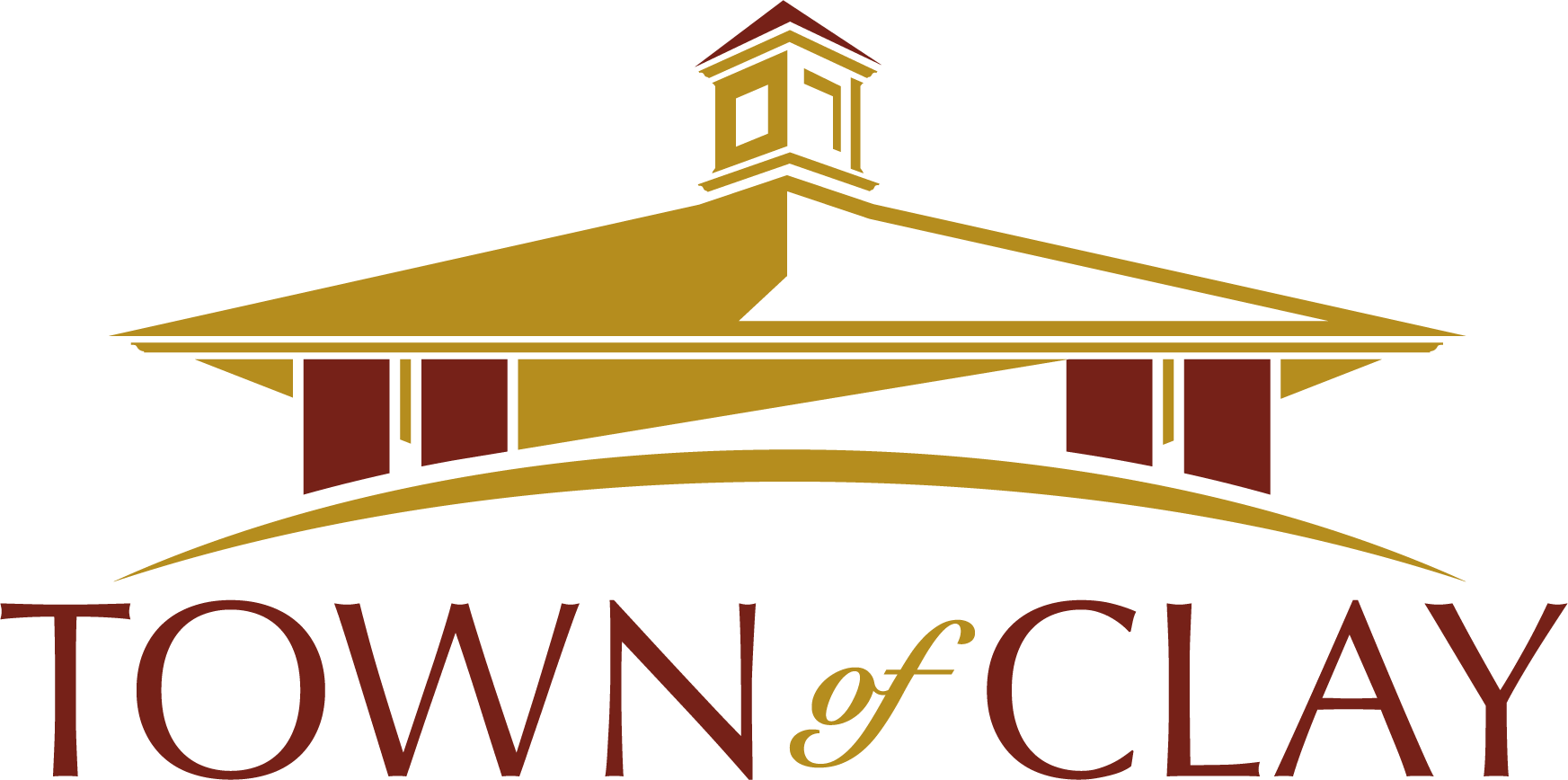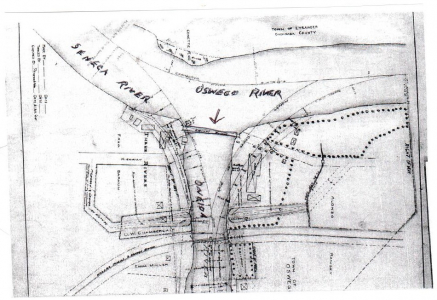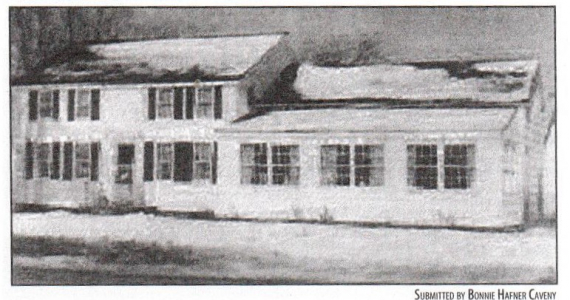The Old Cider MillPosted on January 29, 2021 |
Image

|
HISTORY MYSTERY: The Old Cider Mill
The picture referred to shows the remaining parts to the Old Cider Mill built and operated by Jacob. I. Young shortly after 1812 . Information for this story and the picture are from Edwin H. Young, descendant of the Palatines, some of the first settlers of Clay. Their area was called Dutch Settlement and the post office was called Youngs until the early 1930’s. These pioneers were self-sufficient and disliked restraint. They were honest, hard-working people and their resourcefulness and capabilities showed in many ways. Every one of them soon had a shop and they could make almost anything - from skates to cider mills. According to Edwin: “Had it not gone the way of most old things, the Cider Mill would now be a museum attraction or a community shrine.”
The Mill was on Jacob’s farm in Dutch Settlement diagonally across Caughdenoy Road from the old Lutheran Church. (It wasn’t called Immanuel back then.) He helped establish and zealously supported it as if “syly defying the forces of righteous endeavor with hard cider.” The mill was an interesting bit of old-time engineering. (See the parts in the attached picture!) At first the apples were crushed, not ground. It was done by horse power. The team was hitched to a geared sweep and driven around in a circle in one end of the building. The original apple crusher was an ingenious contrivance made of wood. It appears to have had a heavy wooden cylinder fitted with hard-maple pins that engaged in some grooves on another. The apples were evidently forced between the cylinders by the pins, where the process of crushing was completed. The vat into which the apples were crushed was four feet wide, three feet high and fifteen feet long, and was hewn from a single section of a huge log.
The press (See picture), like the rest of it, was homemade. It had four massive wooden screws made of maple, that were turned by hand spikes. The crushed apple (the cheese) was skillfully laid up, in a moveable frame with burlap carefully folded in around the edges of the successive layers. The cider vat was a big tub, “perhaps half a hogshead,” set under the floor level. Edwin relates that at this step of the process, he and the other boys would get a sample and it was far superior to what is made today that comes in contact with metal. And, the process was slower, so the cider was heavier and richer in flavor. It was a “standby.” Housewives boiled it down to the consistency of molasses and then added sweet apples. It was kept in open kegs it was so rich. Every family kept a vinegar barrel or at least a keg. The kegs were coopered on the premises. The “men folk” had a barrel or two of hard cider in the cellar! It helped at harvest time and to get the threshing done.
Neither Jacob I. nor Peter J., his son were tipplers. That may be why they left Schoharie County to come to Clay and other parts west. Jacob gave the bell for the Lutheran church and was against any kind of levity and dancing. However, Edwin tells a story about this: “It appears that “‘Uncle Jake’ as he was known by the younger generation, liked to see the boys jig a little now and then in private. Lambert Weller, a neighbor said he used to do the buck and wing when he was young for Jake.”
Edwin ended this chapter of his memories with this quote: “Our lives are pretty much rooted in the past, but sustained by our hopes for the future.”
Dorothy Heller, Historian
1-29-21
Other
History Mysteries
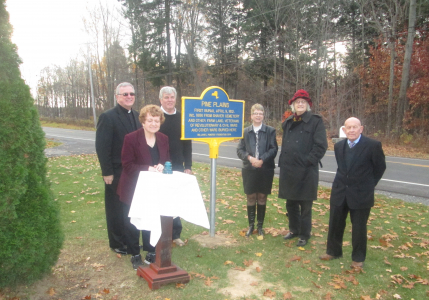
Pine Plains Cemetery History
History Mystery | Apr 16, 2021
HISTORY MYSTERY: Pine Plains Cemetery History
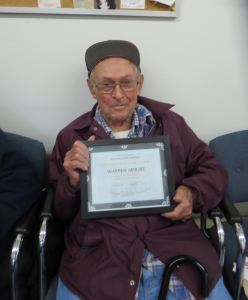
Warren F. Moore Memories
History Mystery | Apr 21, 2021
HISTORY MYSTERY: Warren F. Moore Memories
